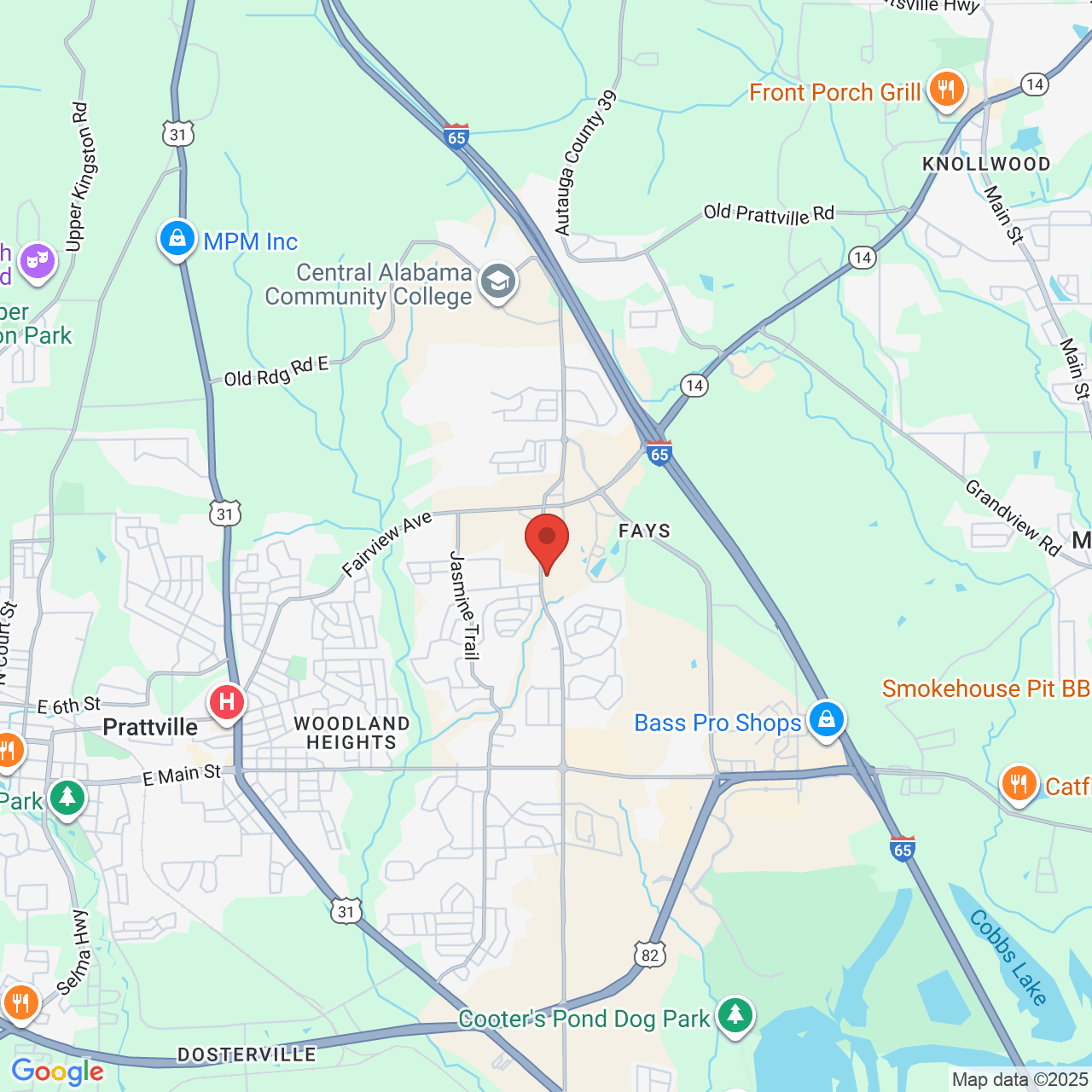Restorative Dentistry
To learn more about Restorative Dentistry, read below. To request more information or to schedule an appointment click the buttons below.
In the right moment, the right restorative processes will minimize the need for further dental surgery in the future.
Restorative mechanisms help preserve both dental health and physical health while enhancing the smile of the patient’s presence. Being willing to chew food accurately and ensuring good bite alignment impacts the wellbeing of a patient in respects that go beyond just a smile.
The Biomimetic Approach
The restoration of teeth to mimic their natural biomechanical and esthetic structure and function is known as Biomimetic Dentistry. To put it plainly, biomimetic dentistry suggests copying what is life-like. Just the weakened and decayed section of the tooth is replaced with biomimetic dentistry and the full reconstruction is bonded to the existing stable natural tooth structure. Biomimetic restorations involve direct composite restorations reduced by tension and porcelain / composite inlays and onlays that return fractured and impaired teeth to their biomechanics.
The aim is to restore the tooth to its original power, function, and esthetic while repairing weakened, missing, and decayed teeth. In a cautious technique for good and appealing outcomes, biomimetic dentistry accomplishes much of this.
Composite Fillings
To repair teeth with cavities and keep a natural look, composite fillings use tooth-colored content. The tooth is coated with a composite material until the decay is extracted, and is then cured to harden the material by means of a specialized laser. Within one visit, composite fillings may be completed.
Inlays and Onlays
An inlay or onlay is a limited reconstruction of the crown that may be placed where there is not enough tooth structure to accommodate a filling, but enough tooth structure available that there is no need for a complete crown. Inlays / onlays are constructed of porcelain or gold which cover the damaged tooth structure esthetically and functionally.
Same Day Crowns
With a smile the same day, a patient will leave the hospital with a complete tooth repair, produced using 3D technology in our office. An initial evaluation and review would allow the physician and patient to decide if the patient is a nominee for the crown on the same day.
Traditional Crowns
A crown is a dental restoration that entirely covers the outside of a cracked, missing, worn down, or badly decayed tooth. Usually, dental crowns are done in two visits. The tooth is prepared (shaven down) and an observation is taken on the first visit. A temporary crown is placed while fabricating the permanent crown. The permanent crown is carefully assembled on the second tour, and finally cemented in place.
Dental Bridges
Without the use of a denture or dental implant, a bridge may cover damaged teeth. Two crowns and a new tooth or teeth are comprised of a bridge. On each side of the space, crowns are usually mounted on the teeth, with the manufactured tooth or teeth added in between.
An implant can be used with several missing teeth to anchor the bridge.
Implant Restorations
There are three components of dental implants: a tiny screw constructed of a biocompatible metal named titanium, an abutment that ties the screw and the final reconstruction, and the final restoration. The screw inserted in the jawbone serves as a substitute for the root of the tooth, creating a solid base for replacement teeth which are set or removable. Over the span of a few months, the screw starts to connect with the bone. The abutment is inserted into the screw after the fusing process , known as osseointegration, to enable the restoration to be permanently attached.
Dentures
Under the same (upper or lower) arch, a denture is a patch for some damaged teeth. A denture varies from a crown or bridge in that it is not centered on an actual tooth system, and the damaged teeth are entirely substituted.
Several specific styles of dentures exist:
- Full or Partial
- Removable or Fixed
- Traditional or Implant-Supported


